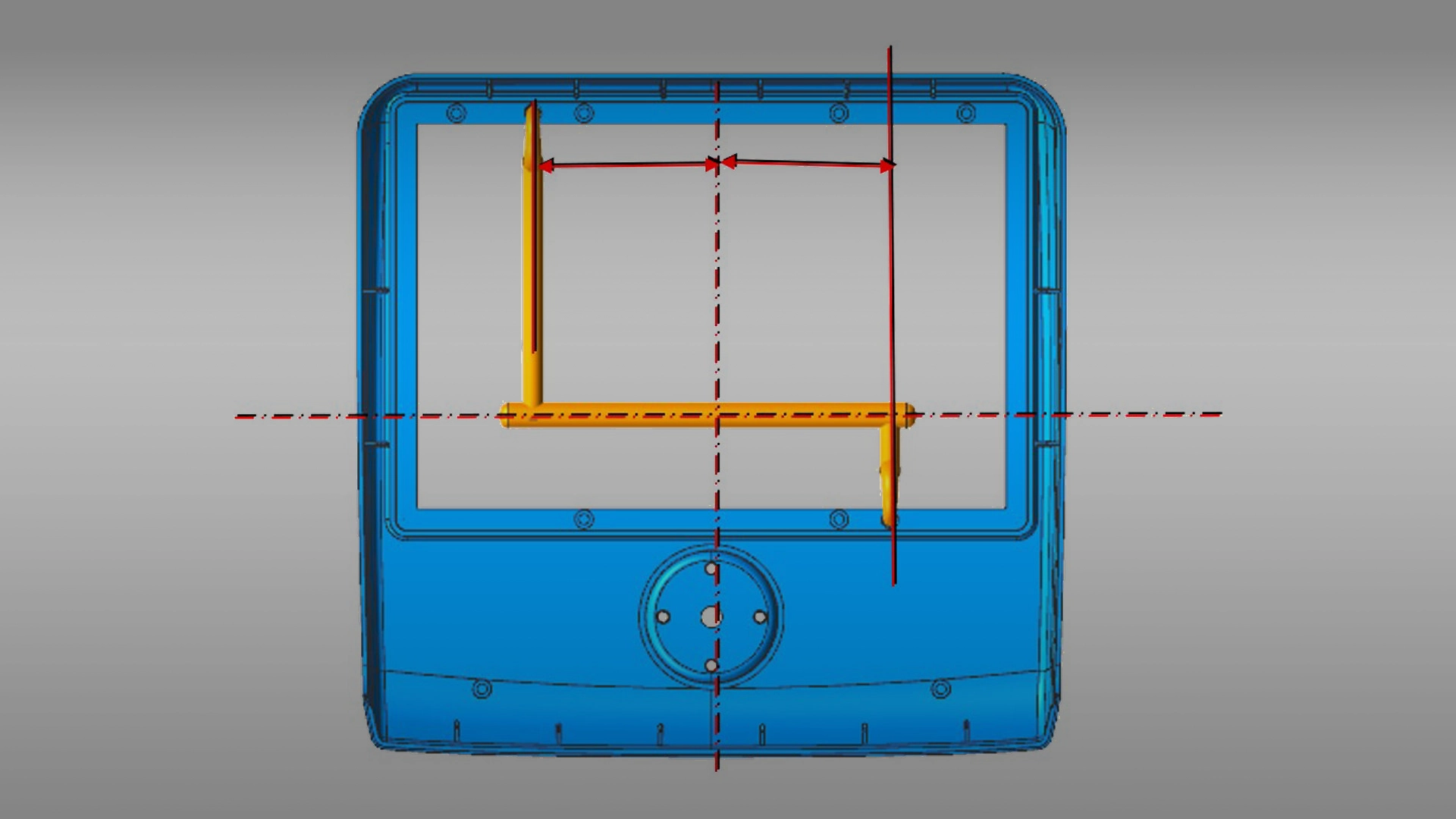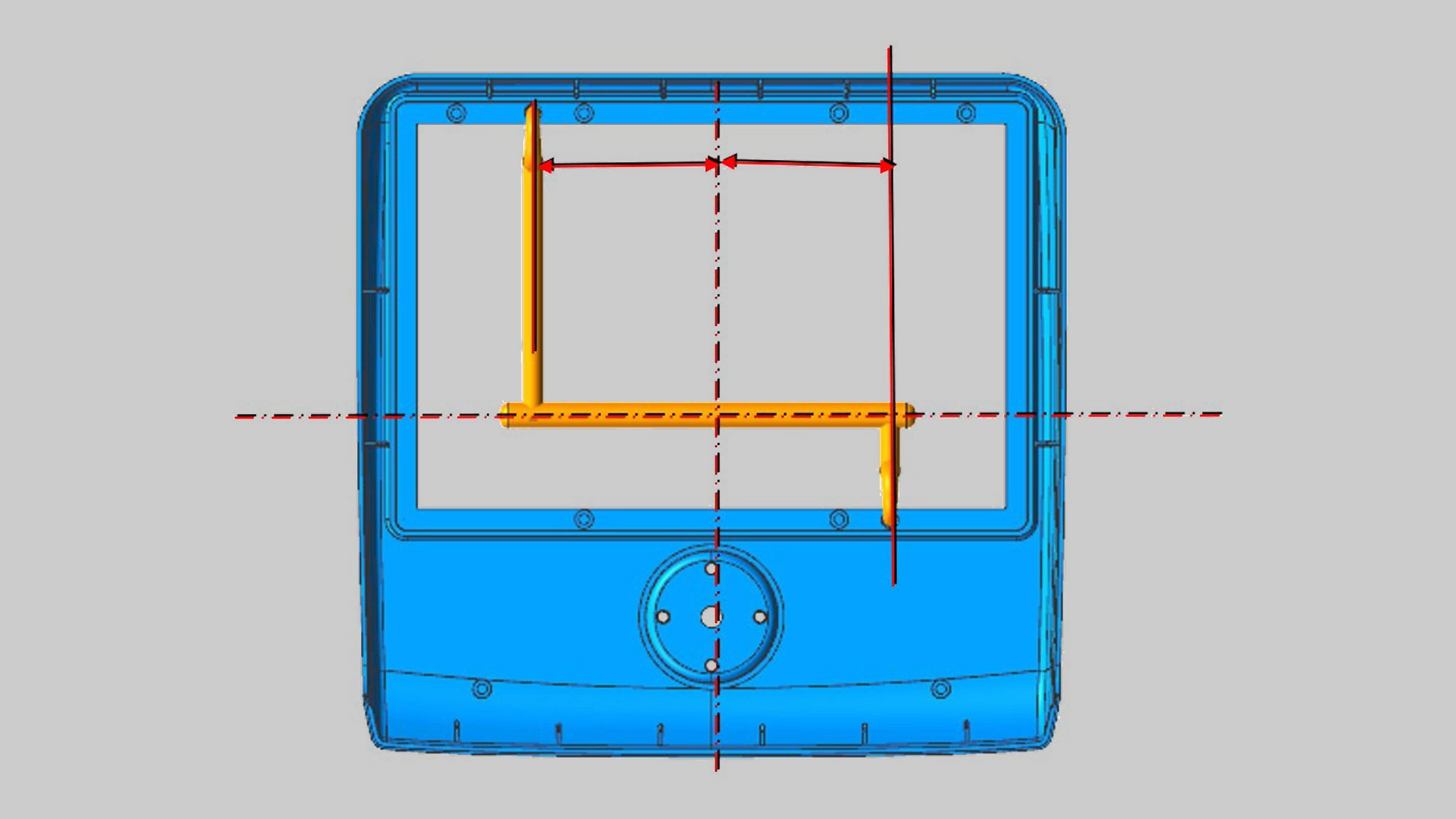Designing a new medical device is an exciting venture with endless possibilities. Using Design for Manufacturing (DFM) practices early in the design process of a medical device can decrease the chance of costly manufacturing issues and increase product quality and performance.
Design for Manufacturing (DFM) — or Design for Manufacturability — is the process of consciously and proactively designing products to optimize all facets of manufacturing.
The goal of DFM is to deliver greater levels of customer satisfaction, lower production costs and greater profits. It’s important to consider DFM principles during the earliest stages of the Medical device Design for Manufacturing process and then through each stage including concept development, CAD modelling, prototyping, and all design iterations.
Design for Manufacturing methodology aligns engineering and production in the design phase, ensuring cost and time efficiencies, superior quality, regulatory compliance, and end-user satisfaction. Problems are identified and addressed early in the medical device plastic injection molding development process, preventing costly issues that could impact manufacturability: raw materials selection, tolerances, and secondary processing. Within injection molding, successfully executing DfM for complex medical devices requires considerable technical expertise. This magnifies the importance of partnering with an experienced medical device developer. A true depth of knowledge about DfM results in efficient design decisions and several benefits.
Benefits Of DFM For Plastic Injection Molding For Medical Devices
Design for Manufacturing (DFM) involves designing a medical device that optimizes manufacturing efficiencies for the equipment and/or process used in its production in order to realize the lowest possible unit costs at the highest possible quality. The most important reason for integrating DFM into Medical device injection molding is that 70% of its manufacturing costs can be determined by design decisions.
Here a list of the main benefits that medical device plastic injection molding can bring:
- Lower Production Cost
- Higher Quality, even in case of high complexity of plastic injection molded parts
- Quicker Time to Market
- Lower Capital Equipment Cost
- Greater Automation Potential
- Bring Production up to Speed Sooner
- Fewer Engineering Changes
- Lower materials and labor costs
- Lower costs of assembly
- Reduce product development cycle time
- Emphasis on standards reduces costs
Critical Elements Of Design For Manufacturing
DFM requires choosing the right manufacturing process for a part or a medical device; investments in different technologies, with a focus on Medical device Tooling/ Mold Making and using the art engineering principles, selecting the right materials with the right properties to deliver the consistency and quality demanded by your customers and prospects.
Before a mold is created, best medical device plastic injection molding practices incorporate the following critical elements:
- Considering Material Shrink Rate
- Shrinkage is the contraction of the molded part as it cools after injection. All materials have different shrink rates depending on resin family (amorphous vs. crystalline materials), mold design, and processing conditions. The resin may also shrink differently depending on the direction of flow.
- Shrinkage is the contraction of the molded part as it cools after injection. All materials have different shrink rates depending on resin family (amorphous vs. crystalline materials), mold design, and processing conditions. The resin may also shrink differently depending on the direction of flow.
- Draft
- How features of a part are formed in a mold determines the type of draft needed. Consider incorporating angles or tapers on product features such as walls, ribs, posts, and bosses that lie parallel to the direction of release from the mold which eases part ejection.
- How features of a part are formed in a mold determines the type of draft needed. Consider incorporating angles or tapers on product features such as walls, ribs, posts, and bosses that lie parallel to the direction of release from the mold which eases part ejection.
- Uniform Wall Thickness
- Uniform wall thickness throughout a part (if possible) is essential to avoid thick sections. Designing non-uniform walls can lead to warping of the part as the melted material cools down.
If sections of different thicknesses are required, make the transition as smooth as possible allowing the material to flow more evenly inside the cavity.
Incorporating the proper wall thickness for your part can have drastic effects on the cost and production speed of manufacturing. The minimum wall thickness that can be used depends on the size and geometry of the part, structural requirements, and flow behavior of the resin.
Work with an experienced medical device developer experienced in Medical device Contract Manufacturing to be sure the proper wall thicknesses are executed for your part’s design and material selection.
- Uniform wall thickness throughout a part (if possible) is essential to avoid thick sections. Designing non-uniform walls can lead to warping of the part as the melted material cools down.
- Radii to Edges
- In addition to the main areas of a part, uniform wall thickness is a crucial design element when it comes to edges and corners. Adding generous radii to rounded corners will provide many advantages to the design of a plastic part including less stress concentration and a greater ability for the material to flow. Parts with ample radii also tend to be more economical and easier to produce, with greater strength and appearance.
- In addition to the main areas of a part, uniform wall thickness is a crucial design element when it comes to edges and corners. Adding generous radii to rounded corners will provide many advantages to the design of a plastic part including less stress concentration and a greater ability for the material to flow. Parts with ample radii also tend to be more economical and easier to produce, with greater strength and appearance.
- Ribs
- The advantage of using ribs is that they increase the strength of a part without increasing the thickness of its walls. With less material required, ribs can be a cost-effective solution for added strength.
- The advantage of using ribs is that they increase the strength of a part without increasing the thickness of its walls. With less material required, ribs can be a cost-effective solution for added strength.
- Draft Angle
- How features of a part are formed in a mold determines the type of draft needed. Consider incorporating angles or tapers on product features such as walls, ribs, posts, and bosses that lie parallel to the direction of release from the mold which eases part ejection.
- How features of a part are formed in a mold determines the type of draft needed. Consider incorporating angles or tapers on product features such as walls, ribs, posts, and bosses that lie parallel to the direction of release from the mold which eases part ejection.
- Finishing
- Surface finish options for plastic injection molded parts vary depending on part design and the chemical make-up of the material used.
Considering these elements is fundamental for integrating engineering and manufacturing expertise to catch mistakes, see opportunities for efficiencies and cost reduction, and even assess the viability of contract requirements, especially in terms of medical device plastic injection molding, Medical device Contract Manufacturing, and Medical device Tooling/ Mold Making. Typically, Creanova will conduct a detailed analysis of these elements with your team well before the tooling process is initiated.
- Surface finish options for plastic injection molded parts vary depending on part design and the chemical make-up of the material used.
Material Selection In DFM
Material selection [link a precedente articolo] is a critical part of the DFM path to high quality/low cost/fast production plastic injection molded parts and medical devices.
Materials selection affects strength and flexibility, temperature resistance, durability, appearance, toughness, life-span, and (of course) production cost. Other needs can include:
- Regulation
- Assembly
- Chemical resistance
- Resin availability
When it comes to selecting the right material, it takes experience, expertise and discussion to balance all of these factors prior to Medical device Tooling/ Mold Making.
Why To Use Design For Manufacturing (DFM) Practices
A good DFM plan recognizes that successfully and efficiently manufacturing a medical device depends more than features, on marketing appeal, or even ergonomics. Ultimately, the best-designed product in the world will only be successful if it can be produced within the given parameters. Consistently applying DFM principles and best practices will allow for a successful Medical device Design for Manufacturing that may be mass-produced cost-effectively and brought to market with minimal delays.
Whatever your medical device is, a DfM analysis by an experienced manufacturer in Medical device Contract Manufacturing is a must-have step in the process.
That’s why Creanova takes a full team (from design to manufacturing experts) approach to DfM for plastic parts.
We have extensive experience in plastics for the Healthcare industry, so we can bring your medical project through each step of the development process and support you with a 360° solution: from design, engineering, prototyping up to contract manufacturing (including tooling, production and final assembly, certified ISO 13485).
Want to know more about how to get your injection molding project to market smoothly and efficiently? Contact us!

